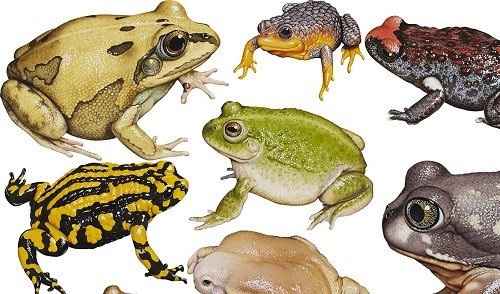Rising consumption of frog legs in Europe triggers scarcity of frogs globally

The consumption of frogs’ legs in Switzerland and the EU (Europe) has contributed to the decline of wild frog populations in an increasing number of supplier countries.
After India and Bangladesh, suppliers in Indonesia, Turkey and Albania have also been affected recently, according to a study in the journal Nature Conservation.
“We call upon those countries and their representative governments to assume responsibility for the sustainability of the trade,” the authors wrote. “The EU should take immediate action to channel all imports through a single centralised database and list sensitive species in the Annexes of the EU Wildlife Trade Regulation.”
The EU remains by far the largest importer of frogs’ legs worldwide, with most frogs still being caught in the wild, the study said. Between 2010 and 2019, a total of about 40,700 tonnes of frogs’ legs were imported. This corresponds to up to two billion frogs. Belgium is by far the main importer (28,430 tonnes), but it re-exports about three-quarters of this to France, where most frogs’ legs are eaten.
Switzerland imports about 65 tonnes of frogs’ legs and live frogs annually, mostly from Turkey, according to the study. Many of these are Pelophylax caralitanus, commonly known as the Anatolian frog or Beyşehir frog, the largest edible frog in Turkey.
“Commercial overexploitation [of this species] for the frogs’ legs trade in France, Italy and Switzerland has caused its rapid decline so that the species is now considered endangered,” the report said.
Although all native frogs are protected in Switzerland, the import of live frogs for consumption of frogs’ legs is legal.
In the 1970s and 1980s India and Bangladesh were the main suppliers to the EU, according to the study, which also involved species conservation organisations. After a drastic decline in frog populations, both countries stopped exporting.
Since then, the majority of frogs come from Indonesia. The population of wild large-limbed frogs has already declined significantly there, as it has in Turkey and Albania.
There is still a lack of data on certain aspects such as the impact of trade on the spread of amphibian diseases, the authors wrote.
@swissinfo.ch.









